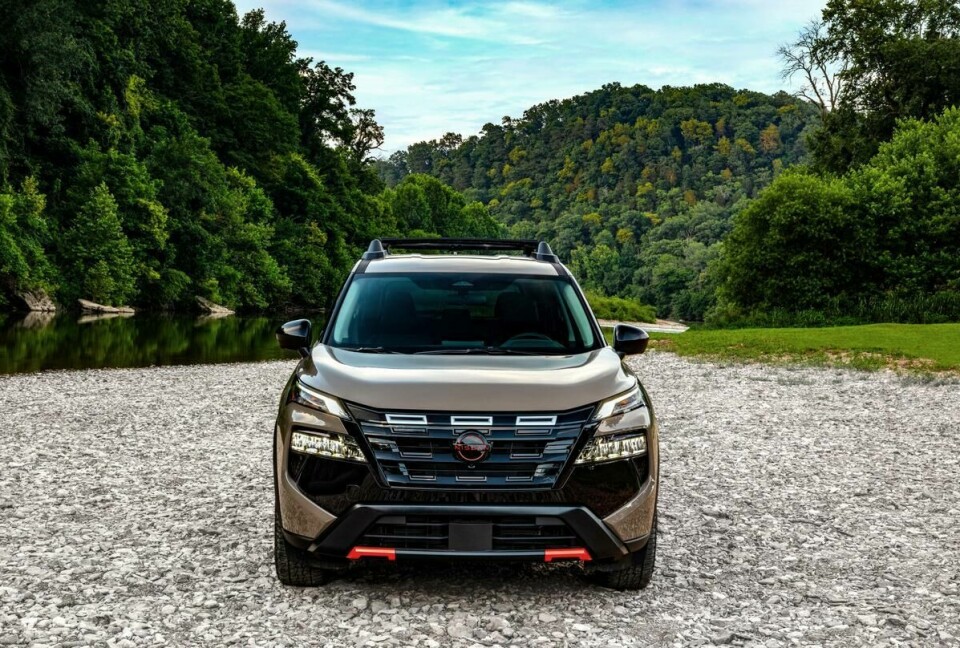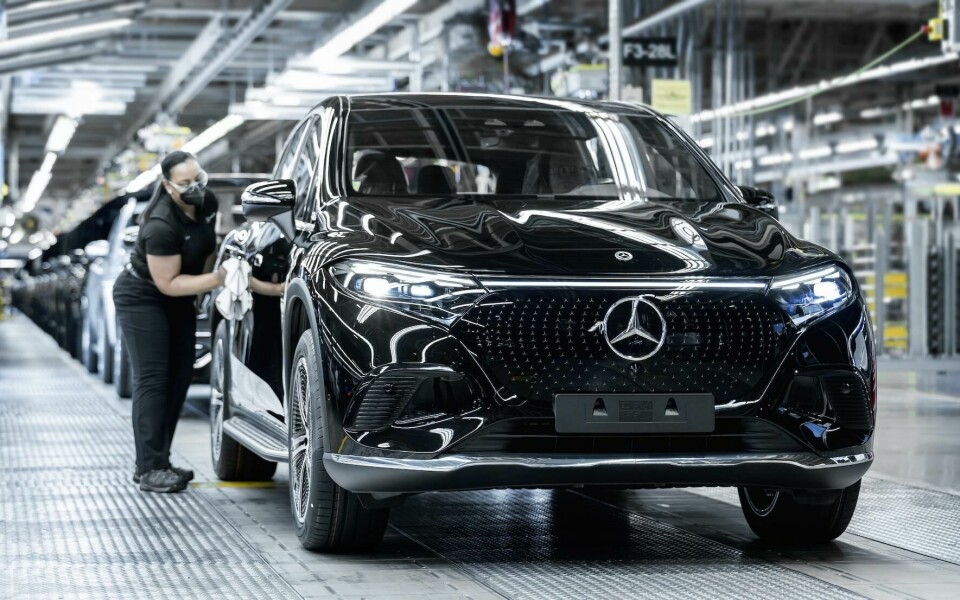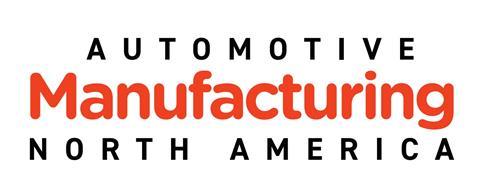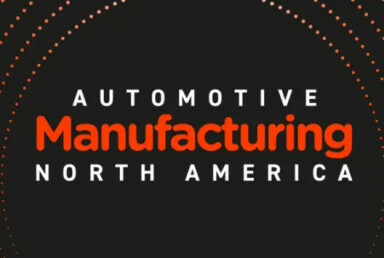Tariffs changing the automotive landscape in North America
Donald Trump’s tariffs have triggered some shorter-term shifts in US production operations and longer-term evaluation on investments and strategies as supply chains are restructured.

During his election campaign, Donald Trump warned he would introduce import tariffs in several industries which have seen major declines from their heyday; he regularly said that tariff was his favourite word. It is not as if the world was not warned. However, when “liberation day”, as Trump called it, came about, with automotive now facing a blanket 25% tariff on cars and components, not to mention other tariffs on steel and aluminium, some of the reaction was almost as if this was wholly unexpected.
Rising costs though the supply chain
For much of the last few months as the threat of tariffs switched into reality mode, the industry had been warning of supply chain disruption, rising prices, job losses and potential plant closures. Some of this – especially rising prices throughout the supply chain and beyond into car prices in the dealerships – is unavoidable. Tariffs on cars and parts travelling across the border into the US from Canada and Mexico can now be mitigated to some extent, although there is no certainty that the partial exemptions currently available will be retained in perpetuity. The UK specifically has obtained a reduction in the tariff on cars to 10%, for the first 100,000 units exported each year – last year the UK exported a little more than 102.000 units to the US so most exports this year should likely be covered. The UK government is hopeful that a higher quota could be agreed in future.
”Simply moving production from one country to another is not necessarily simple, nor quick, nor cheap”
For now, the UK has a modest advantage over manufacturing sites in Japan, the EU and Korea, and companies currently exporting from these locations to the US are beginning to re-appraise their long-term strategies for supplying the US. Several companies have already concluded that tariffs, even if they are reduced from their current 25% (the UK excepted), will be here to stay. Some have added that tariffs pose a great threat to several companies’ long term financial viability if they don’t consider changes to their manufacturing footprints.

Rogue production stays in the US and Nissan is considering moving some production of the entry level for the US, Sentra, from its factory in Mexico, to a US factory.
Toyota, Honda and Nissan making moves
Simply moving production from one country to another is not necessarily simple, nor quick, nor cheap. For Toyota which makes the RAV4 in the US, Canada and Japan, boosting US production – which it is reportedly considering doing – is simpler than for many other vehicle companies; Toyota already has a RAV4 supplier network in the US, most (if not all) of whom will welcome any extra business which might come their way. Similarly Honda is understood to be planning to move some CRV output from Canada to the US where the CRV is also made. Honda has also said that there will be no reduction in production volumes in Canada and that Honda Canada will be allocated new export markets. Honda, moreover, had earlier this year announced that it would produce the next Civic hybrid sedan for the US in Ohio; currently this is made in Japan and, according to press reports, this was due to be switched to Mexico
So, in the case of Honda and Toyota, the new Trump tariff regime has already had a direct impact. These moves, and those discussed below, are part of what we might see as the deglobalisation of vehicle production, and a switch to a much more regionally organised industry. Nissan had planned to move some of its US product of the Rogue crossover back to Japan owing to rising US costs and low utilisation in Nissan’s core Kyushu factory. The 25% tariff on Japanese imports rendered that plan unviable, so Rogue production stays in the US and Nissan is considering moving some production of the entry level for the US, Sentra, from its factory in Mexico, to a US factory.
”Mercedes will invest an as yet unspecified sum in its factory in Alabama to add production of the GLC SUV”

Mercedes will invest an as yet unspecified sum in its factory in Alabama to add production of the GLC SUV
European OEMs increase US production
Similarly, Mercedes will invest an as yet unspecified sum in its factory in Alabama to add production of the GLC SUV; and Volvo will do sometime similar, adding the XC60 to its greatly underutilised factory in Ridgeville, South Carolina. The Volvo move is interesting because it addresses a number of issues; low utilisation in the US factory, getting round tariffs and being in line with a broader strategy at Volvo. The new (old) boss of Volvo, Hakan Samuelsson, who has come out of retirement to take the reins at Volvo once more, has said that Volvo operations in the US and China need to become more independent, with regional products of their own. There will always be some central product planning and direction from Europe, but Volvo’s overseas operations will be charged with making their own decisions and plans for the future. We have already seen this with Volvo announcing the return of an old nameplate, XC70. This was a 4WD version of the V70 estate with a raised ride height, but it was not a true SUV as other XC models are; the new XC70, a PHEV initially for China but with global export potential too, has been developed in China for China primarily,
Above we have seen how three Japanese and two European companies have already announced plans to move some production to the US and in all cases, these moves have in large part been driven by the new tariff environment under Donald Trump. Others will likely follow, with Audi reportedly considering moving the Q4 to a Volkswagen plant to make alongside the ID4, with which it shares a platform. However, Ford, GM, and Stellantis, all of which have factories in Canada and Mexico to supply the US and supply chains covering the same locations, have yet to make such moves or announcements. They may well do so in future but the exemptions which the Trump administration is giving to companies which can demonstrate compliance with the existing USMCA trade agreement have reduced the necessity for the historic Big Three to make such moves for now.
New tariff world order
Meanwhile, BMW, Volkswagen, Audi and Mercedes all make vehicles in Mexico, which most definitely do not meet the USMCA local content rules and their imports from Mexico into the US will face tariffs, just like their European-made models. Executives from BMW and Volkswagen have spoken of their expectation that the tariff burden will be eased later this year. Whether this is blind faith or if they have real inside knowledge will be apparent in due course. It’s most likely that many of the vehicle companies which have yet to announce moves into the US will do so. The Japanese vehicle companies collectively are on the hook, it has been reported, for US$11billion in tariffs this year alone. Several companies, European and US alike, have stopped giving guidance on earnings and profit ratio to financial analysts, the new tariff world order has turned much of the industry on its head and its impact will be felt for many years to come.
While the impact on the car companies will be clearly and quickly visible, with production locations switching and production volumes falling in one location and rising in another, for the supply chain the situation is less immediately clear. We will return to this issue in a blog later in the year. For now, the vehicle companies have enough to do sort out their own manufacturing footprints; for suppliers, the changing of the guards is not long away.



